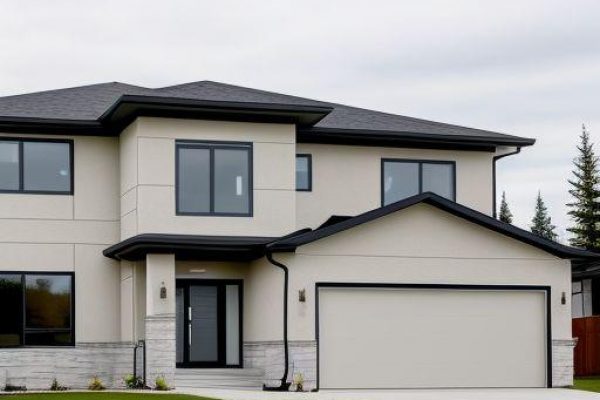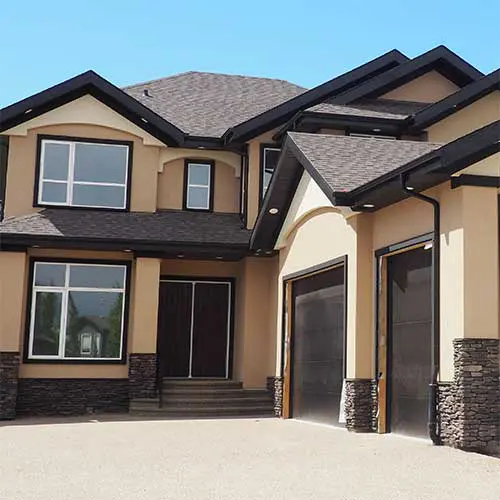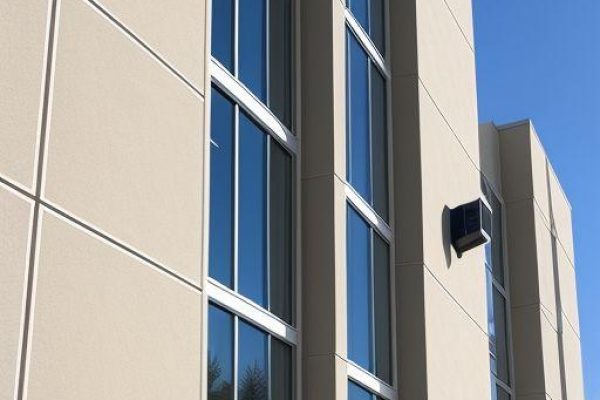
What Are the Cons of EIFS?
Introduction
When it comes to exterior wall systems, the choice of materials can make a significant difference in a building's longevity, aesthetics, and maintenance costs. One popular option that has gained traction over recent years is Exterior Insulation and Finish System (EIFS). This system is often lauded for its energy efficiency and versatility. However, understanding What Are the Cons of EIFS? is crucial for homeowners and builders alike.

In this article, we will delve deep into the disadvantages associated with EIFS, particularly focusing on areas like moisture intrusion, maintenance challenges, and installation issues. Join us as we explore the less-discussed aspects of EIFS stucco Strathcona and equip yourself with knowledge to make informed decisions.
What Are the Cons of EIFS?
EIFS has garnered positive attention for its insulation properties and design flexibility. However, it's essential to address some drawbacks that could impact your choice:


1. Moisture Intrusion Risks
Moisture intrusion is one of the primary concerns when using EIFS. While it provides an excellent barrier against external weather conditions, if not installed correctly, it can trap water behind the surface.
How Does Moisture Intrusion Occur?
- Improper Installation: If seams are not sealed correctly or if there are gaps in the insulation layer, moisture can easily seep in.
- Damaged Surface: Cracks or holes in the finish can allow water to enter.
- Poor Drainage Systems: Without a proper drainage strategy, standing water can accumulate.
Understanding these risks allows builders to take preventive measures during installation.
2. Maintenance Challenges
Like any building material, EIFS requires regular maintenance to keep it functioning optimally. Unfortunately, neglecting this can lead to long-term issues.
What Does Maintenance Involve?
- Regular Inspections: Inspecting for cracks or damage should be done at least once a year.
- Cleaning: Mold and algae can thrive on damp surfaces; hence they need regular cleaning.
- Repainting: Over time, colors may fade or peel; repainting is necessary to maintain aesthetic appeal.
Failure to maintain EIFS properly could result in costly repairs down the road.
3. Cost Implications
While EIFS is generally considered cost-effective upfront due to its insulation capabilities, hidden costs may arise throughout its lifecycle.
What Are These Hidden Costs?
- Repair Expenses: As discussed earlier, moisture intrusion can lead to expensive repairs.
- Increased Energy Bills: If not properly maintained or installed, you might end up spending more on heating and cooling.
It's vital to weigh these potential costs against initial savings before making a decision.
4. Environmental Considerations
While EIFS offers energy efficiency benefits, its environmental footprint isn't entirely positive.
What Should You Consider?
- Material Sourcing: Some components may not be sourced sustainably.
- End-of-Life Disposal: Not all materials used in EIFS are biodegradable or recyclable.
Awareness of these factors can guide eco-conscious homeowners toward more sustainable choices.
5. Vulnerability to Impact Damage
EIFS is somewhat susceptible to damage from physical impacts compared to traditional masonry materials like brick or stone.
Why Is This Important?
- Areas prone to hailstorms or flying debris should consider this vulnerability seriously.
Choosing an alternative material in such environments may save you money and hassle later on.
FAQ Section
1. What are common problems with EIFS?
Common problems include moisture intrusion due to poor installation practices, susceptibility to impact damage from external elements, and challenges related to maintenance routines such as mold growth and fading paint.
2. How long does EIFS last?
When properly installed and maintained, EIFS can last anywhere from 20 to 50 years; however, this lifespan heavily depends on environmental factors and upkeep practices.
3. Can you repair EIFS?
Yes! Repairs can be made by patching cracks or damaged sections; however, it's important that repairs are conducted by professionals familiar with the specific requirements of EIFS systems.
4. Is EIFS energy-efficient?
Yes! One of the main advantages of EIFS is its superior insulation properties which contribute significantly towards reducing heating and cooling costs when installed correctly.
5. What should I know before choosing EIFS?
Before selecting EIFS as your exterior finish option, consider factors like climate conditions in your area (especially concerning moisture), your willingness/ability for regular maintenance checks, and whether you have access to qualified contractors for installation.
6. How do I find qualified installers for EIFS?
Start by searching local directories online where professional contractors are listed. You may also inquire about their past work experience specifically dealing with EIFS systems for better assurance regarding their skills!
Conclusion
As we've explored throughout this article addressing "What Are the Cons of EIFS?", it's clear that while this exterior wall system has significant advantages like energy efficiency and aesthetic appeal—its disadvantages shouldn't be dependexteriors.com overlooked either! Understanding risks such as moisture intrusion potentialities along with necessary maintenance routines allows homeowners/builders alike time & effort-saving decisions well beyond initial expenses!
In light of all this information regarding both sides—pros & cons—of choosing an exterior insulation finishing system (EIFs), it becomes evident that being fully informed empowers individuals towards making confident choices tailored best suited for them!
In conclusion: If you're considering implementing an exterior insulation finishing system (EIFs) such as “EIFs stucco Strathcona,” ensure you weigh every aspect thoroughly before proceeding – it could save you headaches down-the-line!
This comprehensive look into "What Are the Cons of EIFS?" aims not only at providing valuable industry insights but also encourages prudent decision-making through awareness surrounding potential pitfalls inherent within these systems!